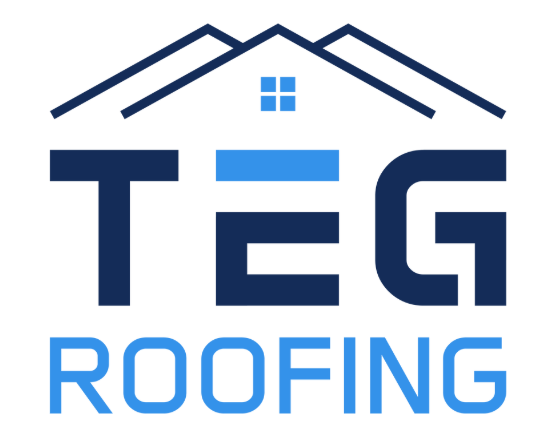Pros and Cons of Tile Roofs in South Florida
October 21, 2024
Tile roofing is a popular choice for homeowners in South Florida, known for its durability, aesthetic appeal, and ability to withstand harsh weather conditions. However, like any roofing material, tile has both advantages and disadvantages. If you’re considering a tile roof for your home, this guide will help you weigh the pros and cons to make an informed decision.
Pros of Tile Roofs
1. Durability and Longevity
Tile roofs are one of the most long-lasting roofing options available. When properly installed and maintained, they can last 50 years or more, making them a great long-term investment. Unlike shingles, which may need replacement after 15 to 20 years, tile roofs provide decades of reliable protection.
2. Weather Resistance
South Florida’s climate is hot, humid, and prone to hurricanes. Tile roofs are designed to withstand:
- High Winds – Properly installed tile roofs can endure wind speeds up to 150 mph, making them ideal for hurricane-prone areas.
- Heavy Rain – Tile roofs provide excellent water resistance, preventing leaks during Florida’s rainy season.
- Heat and Sun Exposure – Clay and concrete tiles naturally reflect sunlight, helping to keep homes cooler.
3. Energy Efficiency
Tile roofs help reduce energy costs by improving insulation. They allow for better airflow, keeping heat from penetrating the home and reducing the workload on air conditioning systems. This is particularly beneficial in South Florida, where cooling costs can be high.
4. Fire and Pest Resistance
Unlike wood shingles, tile roofs are non-combustible and highly fire-resistant. They are also not susceptible to termite or insect damage, making them a low-maintenance choice.
5. Aesthetic Appeal
Tile roofs offer a timeless, upscale look that enhances curb appeal. They are available in a variety of colors and styles, including Mediterranean, Spanish, and modern designs, allowing homeowners to customize their home’s appearance.
Cons of Tile Roofs
1. Higher Initial Cost
One of the biggest drawbacks of tile roofs is their upfront cost. They are significantly more expensive than asphalt shingles in terms of both materials and installation. However, because they last much longer, the long-term value can outweigh the initial investment.
2. Heavy Weight
Tile roofs are much heavier than other roofing materials, requiring a strong roof structure to support the weight. Before installing a tile roof, a professional must assess whether your home can handle the added load. If not, additional structural reinforcement may be necessary.
3. Fragility
While tile roofs are durable, individual tiles can be fragile when walked on. If a repair is needed, stepping on the roof improperly can crack tiles, leading to additional repairs. It’s essential to hire a professional for inspections and maintenance to avoid accidental damage.
4. Maintenance and Repairs
Although tile roofs require less frequent maintenance, when repairs are needed, they can be more complex and costly. Replacing broken tiles or fixing leaks requires expertise to ensure proper sealing and alignment.
5. Installation Challenges
Installing a tile roof requires skilled professionals with experience handling this type of roofing system. Improper installation can lead to issues such as leaks, poor alignment, or increased susceptibility to wind damage.
Is a Tile Roof Right for Your Home?
Tile roofs are an excellent choice for South Florida homeowners looking for durability, energy efficiency, and a stylish appearance. However, the higher cost and weight considerations mean they may not be the best fit for every home.
If you’re unsure whether a tile roof is right for you, consult with a professional roofing contractor. At TEG Roofing, we offer expert advice, high-quality installation, and maintenance services to ensure your roof lasts for decades. Contact us today for a consultation.
